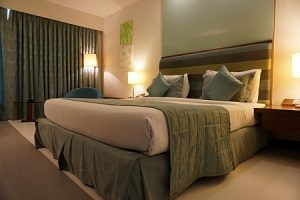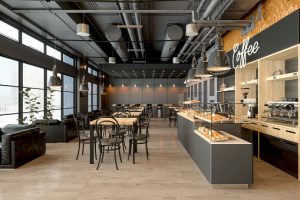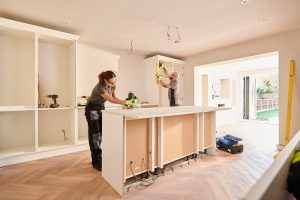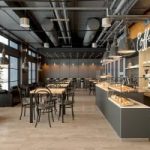In the realm of architecture and design, interior design stands as the poetic manifestation of functionality and aesthetics, transforming spaces into personalized narratives. Beyond the mere arrangement of furniture and colors, it is a profound orchestration of elements that breathe life into the very essence of a room.

The Philosophy of Interior Design: At its core, interior design is an introspective art form, delving into the psyche of inhabitants to construct environments that resonate with their aspirations and lifestyle. It transcends the superficial and dives into the psychology of spatial utilization, aiming to create not just visually pleasing spaces but extensions of personal identity.
Function Meets Form: The true prowess of interior design lies in the seamless integration of function and form. It navigates the delicate balance between aesthetics and utility, ensuring that every element serves a purpose beyond mere decoration. Be it optimizing natural light flow, maximizing storage efficiency, or fostering a harmonious ambiance, each decision is a deliberate stroke on the canvas of practical living.
Materials as a Medium: The choice of materials becomes the artist’s palette in the hands of an adept interior designer. From sumptuous textiles to sleek metals, the selection is guided by a nuanced understanding of textures, durability, and visual appeal. It’s a dance between opulence and subtlety, creating a tactile symphony that envelops inhabitants in comfort and sophistication.
Color Psychology: Colors wield immense influence over our emotions and perceptions. Interior designers, akin to color alchemists, harness this power to evoke specific moods within a space. From calming blues to invigorating reds, each hue is strategically applied to harmonize with the intended atmosphere of the room.
Ergonomics and Flow: A well-designed space not only pleases the eye but also aligns with the functional needs of its occupants. Interior designers pay meticulous attention to ergonomics, ensuring that the layout promotes ease of movement and serves the practical demands of daily life. It’s an intricate choreography where every step flows seamlessly into the next.
Adaptability in Design: In an era of dynamic lifestyles, adaptability is a cornerstone of modern interior design. Spaces must evolve with the changing needs of their inhabitants. Multifunctional furniture, modular layouts, and technological integrations are the tools employed to future-proof designs, ensuring that they remain relevant and accommodating.
Conclusion: In essence, interior design transcends the superficial layer of aesthetics, delving deep into the soul of a space. It is an art form that marries functionality with beauty, creating environments that not only reflect the personalities of their inhabitants but also enhance the quality of their lives. As we navigate the ever-evolving landscape of design trends, the heart of interior design remains rooted in its ability to craft purposeful, inspiring, and timeless spaces.









